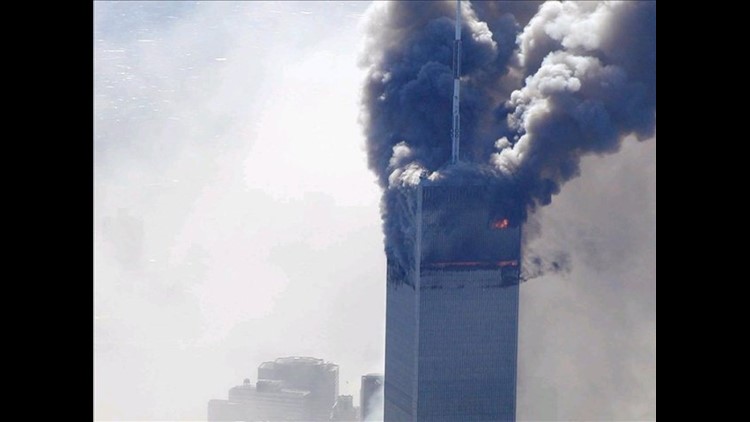|
(CNN) — Several years after dust from the World Trade Center twin towers found its way into thousands of homes and nearly every crevice in lower Manhattan, area residents still suffered health problems, according to a new study. People living in homes damaged after 2001’s Trade Center attacks were more likely to report respiratory illness or disease years later, when compared with people whose homes were not damaged, according to a recent analysis of World Trade Center Health Registry data. “This study highlights the magnitude of the 9/11 attacks by showing that people exposed to dust in their homes continued to have respiratory problems even five to six years after the fact,” said study author Dr. Vinicius Antao, of the Centers for Disease Control and Prevention’s Agency for Toxic Substances and Disease Registry, in a press release. Breathing problems most often reported by residents post-9/11 included upper respiratory problems such as shortness of breath, wheezing and chronic cough. Less frequently, residents reported asthma and chronic obstructive pulmonary disease, which can cause progressive deterioration of lung function. About 41% of residents surveyed say they had either “some” or “intense” exposure to the 9/11 dust cloud, according to the study abstract, which will be presented Wednesday at the American Thoracic Society annual meeting. “The folks who had higher exposures certainly would be more likely to develop disease,” said Dr. Jacqueline Moline, director of the Queens World Trade Center Clinical Center of Excellence. “It’s also noteworthy that 59% were not in the dust cloud. So you didn’t have to be in the dust cloud for there to be these problems.” Among the 6,463 residents included in the study, more than half reported upper respiratory problems. About 16% had shortness of breath; 11% reported wheezing; and 8% had asthma symptoms that either developed or got worse after exposure to dust. The WTCHR monitors the health of 71,000 rescue/recovery workers and residents exposed to the World Trade Center disaster. Data are being collected in waves. The first wave covered the first two to three years after 9/11; the second covers the fifth and sixth years following the attack. Analysis will continue in waves to find out if respiratory illnesses persist and whether proximity to ground zero affects the severity of illness. “It will also be important to use the results to improve guidance about returning to residences and other locations after a major terrorist or natural event,” said an e-mail from Paul Lioy, an environmental health expert and deputy director at Rutgers University’s Environmental and Occupational Health Sciences Institute. Persistent respiratory problems are commonly associated with 9/11 responders, such as police officers and firemen, and less often with residents whose homes were coated in dust. “The take-home message is really that household exposure to this type of dust… is capable of causing disease,” said Moline. “Household exposures can be important to health outcomes, and they are often overlooked.” The-CNN-Wire/Atlanta/+1-404-827-WIRE(9473) |
9/11 WTC dust Sickens Residents Years Later
(CNN) — Several years after dust from the World Trade Center twin towers found its way into thousands of homes and nearly every crevice in lower Manhattan...



